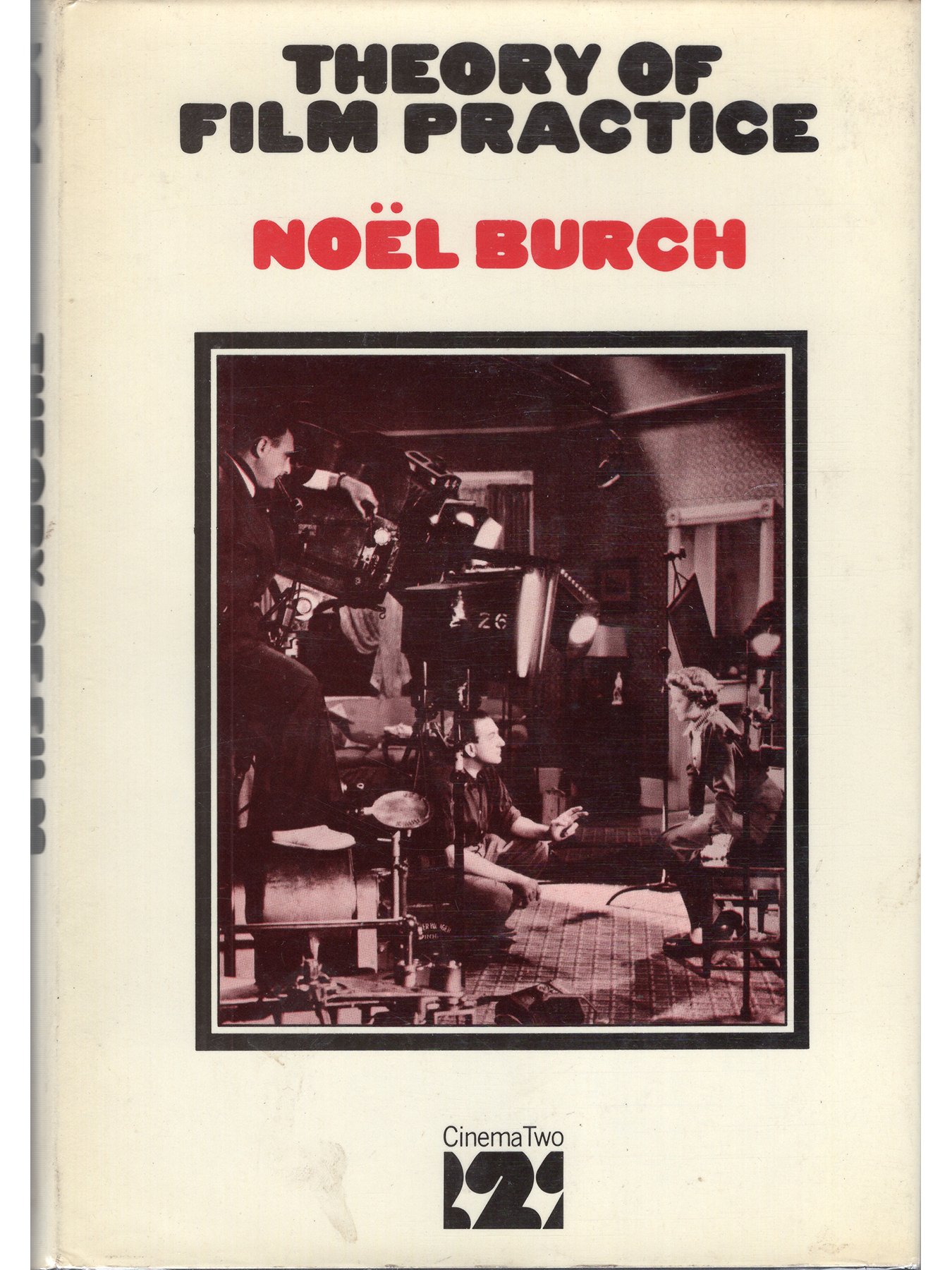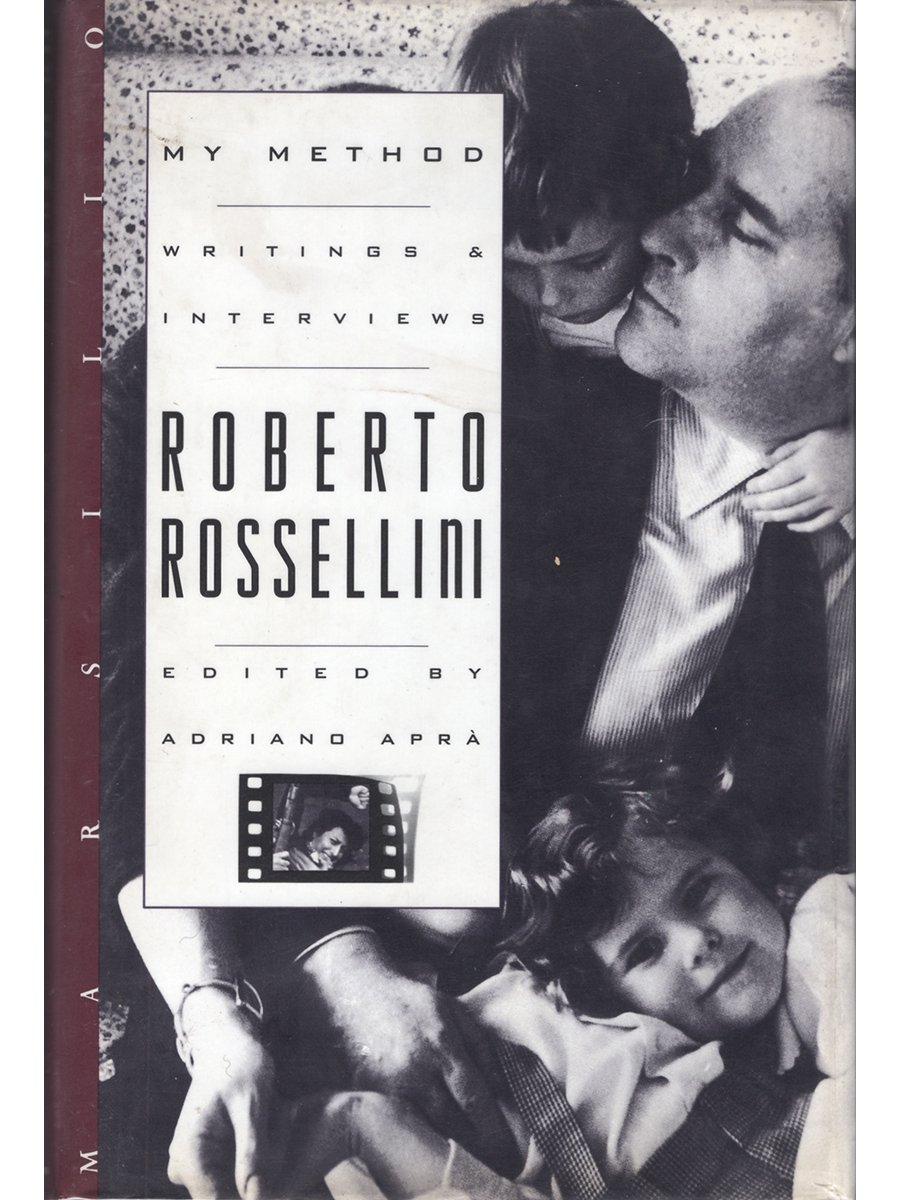 Image 1 of
Image 1 of


Buster Keaton: Tempest in a Flat Hat by Edward McPherson (Hardcover First Edition)
Published by Newmarket Press, 2004
Sewn-bound hardcover
First edition
289 pages
9x6 inches
Near Fine condition. Comes in removable protective Brodart mylar cover.
Edward McPherson traces Buster Keaton's career from his early days in vaudeville. Taking what he knew from vaudeville—ingenuity, athleticism, audacity and wit—Keaton applied it to the new medium of film, and, between 1920 and 1929, was rivalled only by Chaplin as the master of silent comedy. The book celebrates Keaton in his prime—as a prodigious acrobat, brilliant writer, gag-man, director and actor—while also revealing the pressures in his personal and professional life that led to his collapse into drunkenness and despair. McPherson describes the behind-the-scenes life of Keaton with the kind of exuberance and narrative energy displayed by the films themselves.
Published by Newmarket Press, 2004
Sewn-bound hardcover
First edition
289 pages
9x6 inches
Near Fine condition. Comes in removable protective Brodart mylar cover.
Edward McPherson traces Buster Keaton's career from his early days in vaudeville. Taking what he knew from vaudeville—ingenuity, athleticism, audacity and wit—Keaton applied it to the new medium of film, and, between 1920 and 1929, was rivalled only by Chaplin as the master of silent comedy. The book celebrates Keaton in his prime—as a prodigious acrobat, brilliant writer, gag-man, director and actor—while also revealing the pressures in his personal and professional life that led to his collapse into drunkenness and despair. McPherson describes the behind-the-scenes life of Keaton with the kind of exuberance and narrative energy displayed by the films themselves.
Published by Newmarket Press, 2004
Sewn-bound hardcover
First edition
289 pages
9x6 inches
Near Fine condition. Comes in removable protective Brodart mylar cover.
Edward McPherson traces Buster Keaton's career from his early days in vaudeville. Taking what he knew from vaudeville—ingenuity, athleticism, audacity and wit—Keaton applied it to the new medium of film, and, between 1920 and 1929, was rivalled only by Chaplin as the master of silent comedy. The book celebrates Keaton in his prime—as a prodigious acrobat, brilliant writer, gag-man, director and actor—while also revealing the pressures in his personal and professional life that led to his collapse into drunkenness and despair. McPherson describes the behind-the-scenes life of Keaton with the kind of exuberance and narrative energy displayed by the films themselves.







